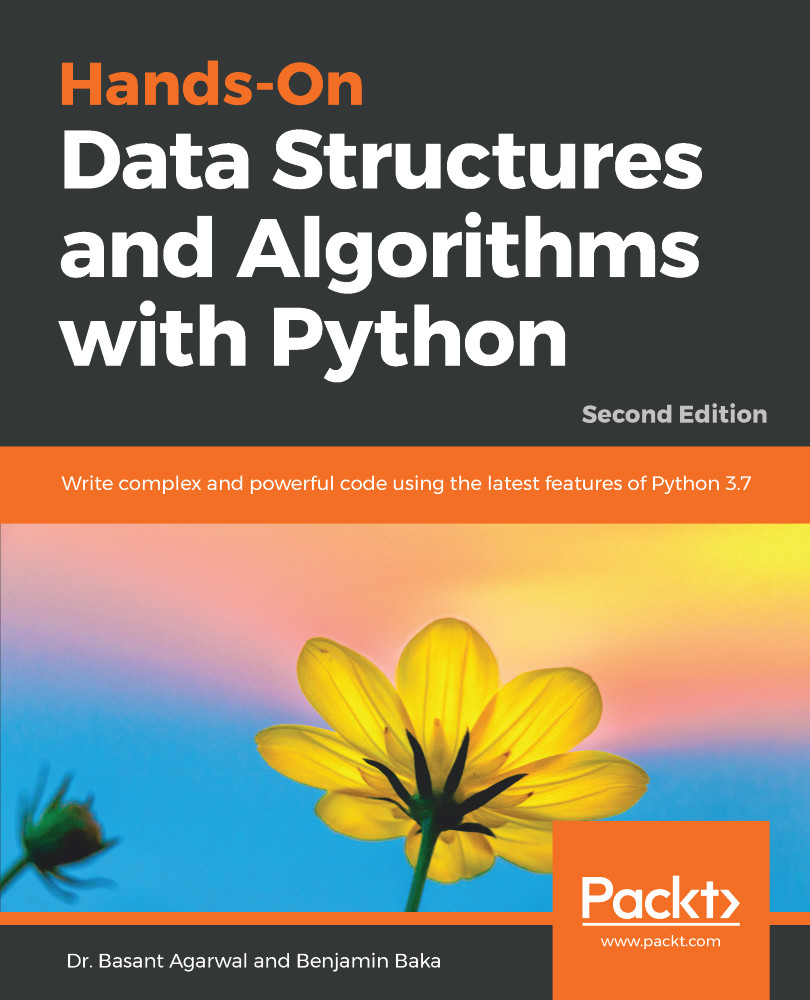An array is a sequential list of data. Being sequential means that each element is stored right after the previous one in memory. If your array is really big and you are low on memory, it could be impossible to find large enough storage to fit your entire array. This will lead to problems.
Of course, the flip side of the coin is that arrays are very fast. Since each element follows on from the previous one in memory, there is no need to jump around between different memory locations. This can be a very important point to take into consideration when choosing between a list and an array in your own real-world applications.
We have already discussed arrays in Chapter 2, Python Data Types and Structures. We looked at the array data type and discussed various operations that could be performed on it.



